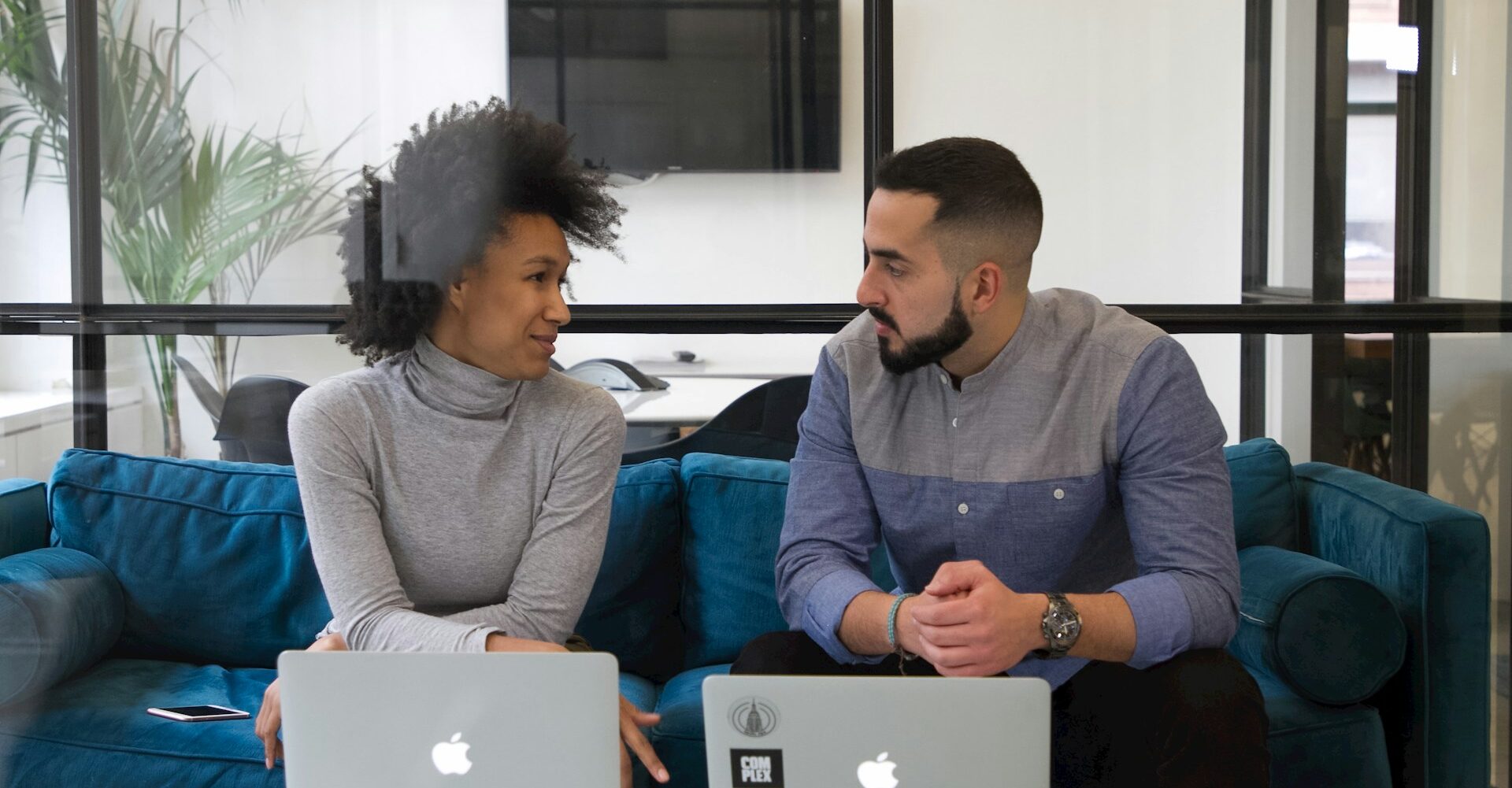For all the back and forth over DEI right now, most businesses recognize a simple truth: the workplace continues to get more diverse and the need for equity in the workplace isn’t going anywhere.
At the same time, the need for white male allies is greater than ever — leaders who recognize the importance of diversity and inclusion and act on it. After all, “white privilege” doesn’t mean white men didn’t have a tough road to success — it just means their skin color or gender wasn’t one of the obstacles they faced along the way.
Allies — i.e., white men who can jump — aren’t hard to find. Ron O’Hanley, the chairman and CEO of State Street, commissioned the Fearless Girl statue across from the New York Stock Exchange. He also stood behind Rakhi Kumar, a South Asian woman who headed up State Street’s asset stewardship division, when she pushed to use their company’s voting power to put more women on corporate boards.
Super Bowl-winning coach Pete Carroll used his cultural IQ during the racial reckoning after George Floyd’s murder to host a town hall meeting with his team, allowing his players to share their raw emotions and committing to listening and understanding how he can be a better ally.
Secretary of the Navy and fourth-generation Southerner Ray Mabus named battleships after civil and gay rights icons Medgar Evers, Cesar Chavez, and Harvey Milk. As he said, like U.S. presidents and members of Congress, they are “American heroes too, just in a different arena.”
I personally know many white men today who want to be part of the solution but don’t know where to start. So, here are four ways to become an ally:
1. Use your position to bring together diverse audiences.
And put a little skin in the game. Tim Sweeney, CEO and President of Liberty Mutual Insurance, took this tack. He served as the executive cosponsor of Amigos@Liberty, Liberty Mutual’s Hispanic/Latino employee resource group, immersing himself in an environment where he may have been the minority for the first time at the company. He saw an opportunity for inquiry and learning and, in turn, saw that he needed to be an advocate and ally for inclusion and diversity at the leadership level.
This type of leadership sends a powerful message to the entire organization and its stakeholders that inclusion matters, and culturally diverse and underrepresented employees are important. It also says the organization is committed to creating an inclusive and equitable workplace where everyone feels like they belong.
2. Don’t shy away from tough conversations — lean into them.
In 2015, Bank of America opened the door to what they called “courageous conversations,” a program ranging from small conversations within teams or employee networks to enterprise-wise conversations with community partners. Topics include everything from race, gender dynamics, and LGBTQ equality to the role of the white communityin diversity, social justice, and inclusion in the workplace.
Moreover, the bank connected the program to local and national current events, hosting panels in the wake of violence in Dallas, Baton Rouge, Minneapolis, and Charlotte. To date, the program has reached over sixty thousand employees, including the bank’s Board of Directors, global senior leaders, and local market presidents. Bank of America showed that when you lean into conversations with a diverse lens instead of avoiding them, everyone can benefit.
3. Have the courage to acknowledge what you don’t know.
Vulnerability isn’t the #1 quality we associate with CEOs and leaders, but it’s one of the best ways to convey empathy and allyship. In 2016, then-Chairman and CEO of AT&T, Randall L. Stephenson, spoke before one of his company’s ERGs in the wake of racial violence in Ferguson, Missouri and Dallas, Texas, the company’s headquarter city. He shared a story about how one of his best friends had never told him about the racist behavior he had faced throughout his life — and explained how this friendship helped him realize how much the slogan “All Lives Matter” hurts those concerned with violence against Black people in America.
Stephenson’s remarks were not only powerful, they were smart business. At the time, his company’s workforce was over 40 percent Black, had call centers throughout the South, and was hoping to win approval from the Obama administration to buy Time Warner. But as he showed more recently when he resigned from the PGA board after they partnered with Saudi-funded LIV Golf, once you become enlightened about injustice and inequality, you become more willing to take bold, courageous action.
4. Get outside your bubble.
Inclusive leaders not only introduce themselves to diverse audiences inside the walls of their company, but outside as well. Does your organization have any partnerships with civic or professional affinity groups that have good relationships with diverse populations? If so, a good place to start is by personally attending an event celebrating that partnership. I once had a C-suite executive tell me, “I want you to coach me.” Why? Because he had just returned from an event where another CEO was received like a celebrity. This president of a division in a global company recognized he needed to be able to walk into a room at one of these events, know at least a third of the people, and be comfortable walking up and introducing himself to the other two thirds.
Strengthening ties with these groups is a good way to build equity and a strong reputation as a good corporate citizen, and also give employees a greater sense of pride about working for a company that appreciates all people.
Allyship isn’t as difficult as you might think. It’s not about riding in on white horses to “save” women and people of color, but about deliberately finding opportunities to listen, lean in, and lead from behind. Because when we do, we can become inclusive leaders and true allies.

